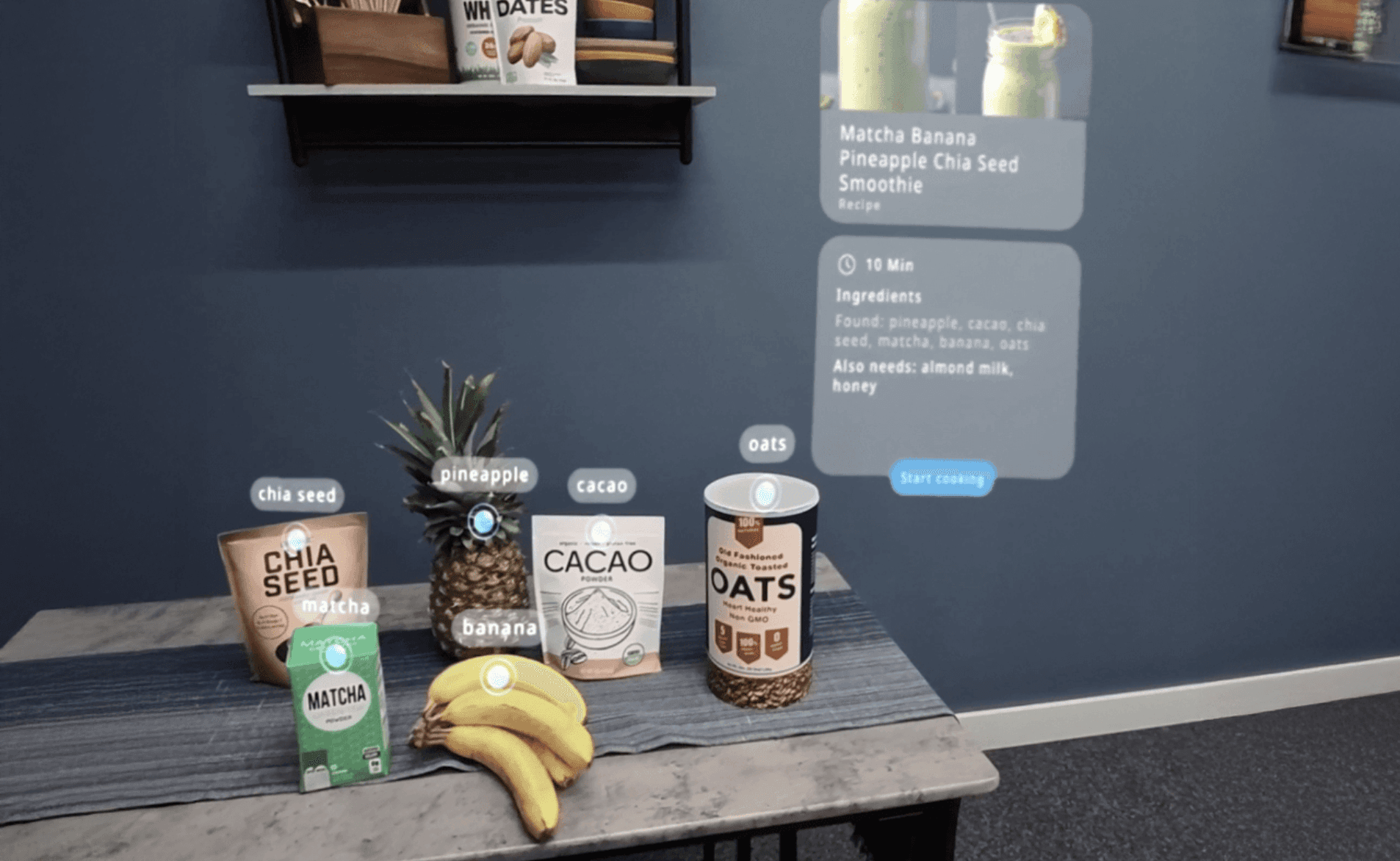Hi, I'm Kay Hofmeester
Product Design Leader with 20+ years in AI and product innovation at Meta, Amazon, and Microsoft. I define strategy and vision, empower and mentor designers, and partner tightly with Product and Engineering to ship. I scale design systems and stay hands-on to deliver 0→1 launches. 30+ patents across AI, voice, AR, and input.



Featured Projects
Product experiences I've helped bring to life at Meta, Microsoft, and Amazon.

Meta AI
FeaturedSenior Product Design Manager
Shipped v1 features and set v2 direction, with vision prototypes informing HW/SW plans.

Microsoft Health
FeaturedPrincipal UX Manager
Redesign drove 2× engagement and a sold-out launch; 80% six-month retention in a 4k study.

Amazon Alexa
FeaturedSenior UX Design Manager
Founded design org and voice model; launch beat forecast 10×, with industry-leading ratings
Recommendations
Feedback from designers and leaders I've had the privilege to work with.
"Kay is a one-of-a-kind design leader—someone who not only pushes the boundaries of what’s possible but also ensures every detail is considered along the way. He has a rare ability to obsess over both strategy and execution, making complex ideas feel simple and innovative experiences feel inevitable."
"As a designer, Kay is curious and dedicated to his craft ... As a manager, and mentor, Kay fosters growth, curiosity, and excellence. His guidance has significantly impacted my design career. I wholeheartedly endorse Kay as a visionary leader and innovator in whatever industry he pursues."
"As a people leader and mentor, Kay was incredibly impactful for me at the early stage of my career."
"He led with care and compassion, understood me at a deeper level, and helped me turn around my entire attitude and mindset toward the work and relationships."
Design Philosophy
I believe the best design happens when we combine visionary thinking with rigorous process. Starting with deep user understanding, I develop a compelling vision for what's possible, then cycle through rapid prototyping and collaborative iteration. I create testable solutions early, gather feedback from diverse stakeholders, and refine both the vision and execution until we arrive at experiences that feel both intuitive and impactful.
Skills & Technologies
Strategic design leadership capabilities and emerging technologies I leverage to build AI-powered products and scale design organizations.